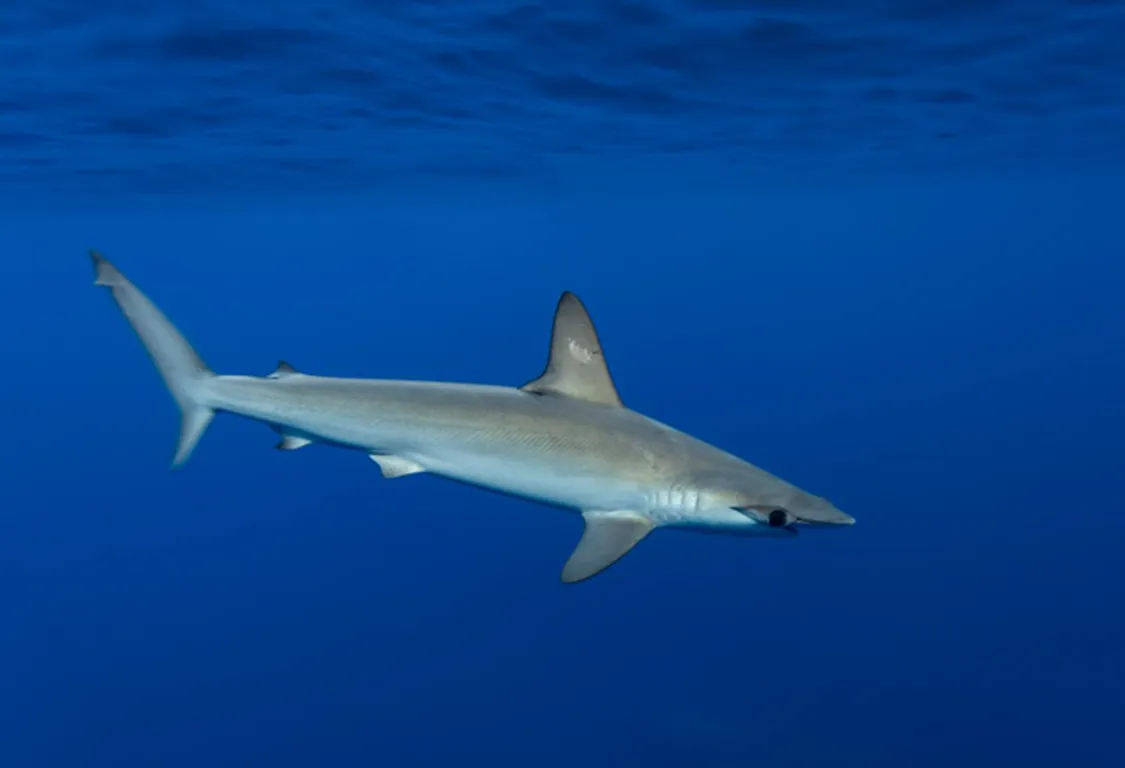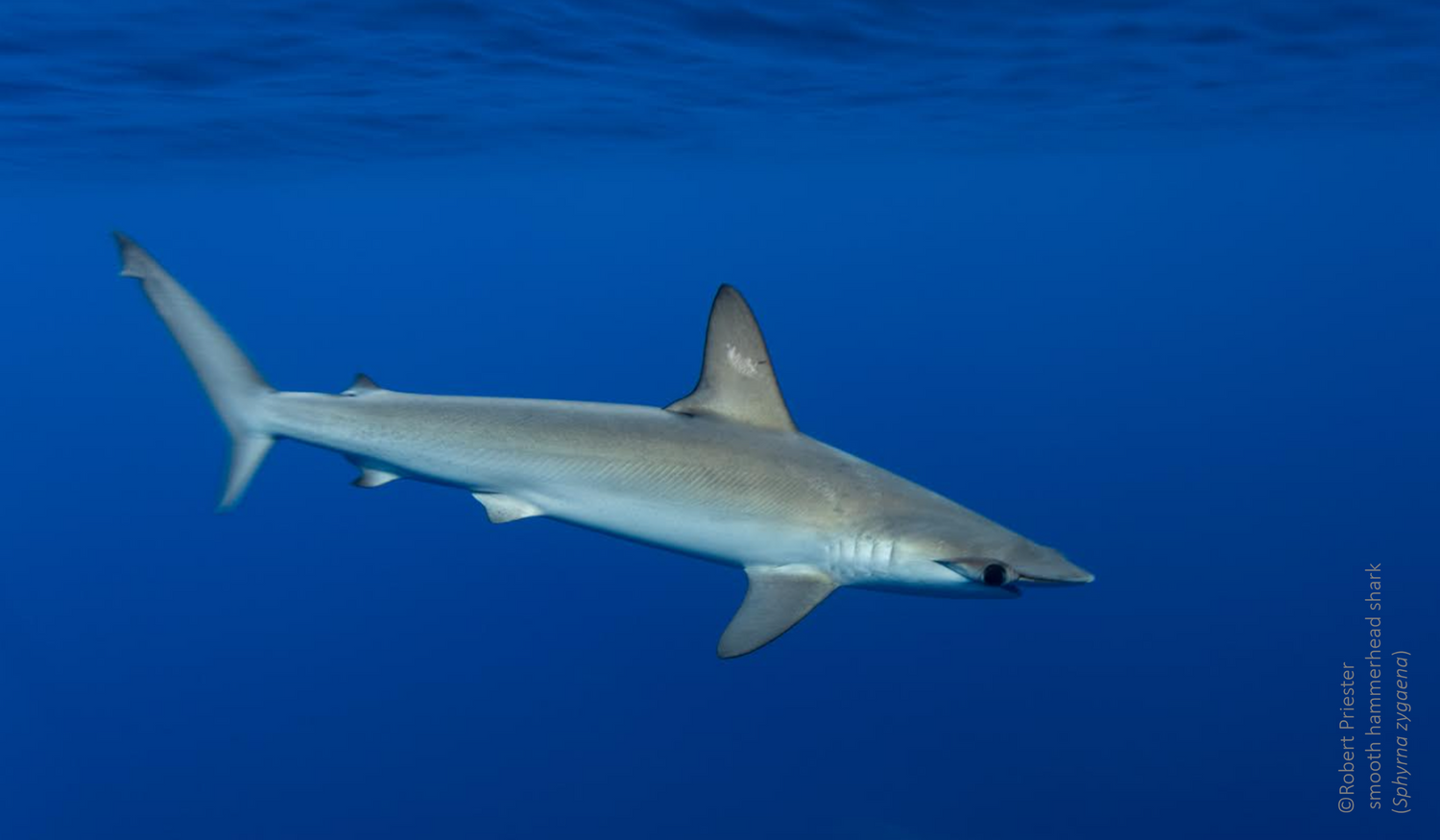In a recent Integrated Ecosystem Assessment (IEA) of the Azores (North Mid-Atlantic Region case study – NOMAR), coastal and pelagic elasmobranch emerged among the top 10 most impacted ecosystem components regionally, along with a high associated vulnerability score (Gomes & Serrano et al, submitted). Sharks play a key ecological role in marine ecosystems and are particularly vulnerable to anthropogenic pressures, mainly due to life-history characteristics such as low fecundity, late maturity, high longevity, and wide-ranging migratory patterns. In recent decades, overfishing and climate change have caused significant declines of large predatory shark species, and the increased risk of local extinction becomes critical for sharks depending on the narrow and isolated coastal habitats of oceanic islands.
Two scientific studies included in the Mission Atlantic NOMAR case study highlight the importance of top predators Essential Fish Habitats (EFH) in spatial management at the local and regional scales, and the implications for the conservation and management of the north Atlantic population of apex predators.
Afonso et al 2022 used a combination of acoustic and satellite telemetry to study a juvenile population of the vulnerable smooth hammerhead shark (Sphyrna zygaena) in the Azores, to evaluate movements and habitat use and to confirm if this isolated archipelago holds coastal nurseries for this species.
The results provide compelling evidence that juvenile smooth hammerhead sharks are full-time residents in the coastal shelf habitat around Azorean islands. They also show that individuals aggregate seasonally in discrete areas during their first years of life, and that they consistently show seasonal high residency and annual site fidelity to these areas (nursery areas). These findings raise questions about the role of these nurseries, their connectivity with other coastal and oceanic habitats in the North Atlantic, and the implications for the conservation and management of the North Atlantic population of smooth hammerhead sharks.
Priester et al 2024 investigated the trophic ecology and resource use of 2 shark species of high conservation concern around the Azores Islands, where both species occur in aggregations: the critically endangered tope shark (Galeorhinus galeus) and the vulnerable immature smooth hammerhead shark (Sphyrna zygaena). Researchers used bulk stable isotope analysis of muscle samples to assess animal trophic ecology, diet, and habitat use and found a considerable isotopic niche overlap of the 2 study species. The tope shark results also revealed ontogenetic dietary shifts from a specialized to a more generalist diet with increasing size. This transition might reflect narrower prey diversity accessible to juveniles in coastal nurseries on the islands’ shelf habitats, followed by a more generalist diet as subadults start dispersing to different benthic and pelagic habitats.
The identification and protection of Essential Fish Habitats that incorporate important life stages for shark spawning, breeding, feeding or growth to maturity, is a crucial step to support the ecosystem approach to fisheries management and the conservation of imperiled species.

©Robert Priester - smooth hammerhead shark (Sphyrna zygaena)

©Robert Priester - Live sharks were sampled non-lethally and kept in a large onboard rehabilitation tank.
